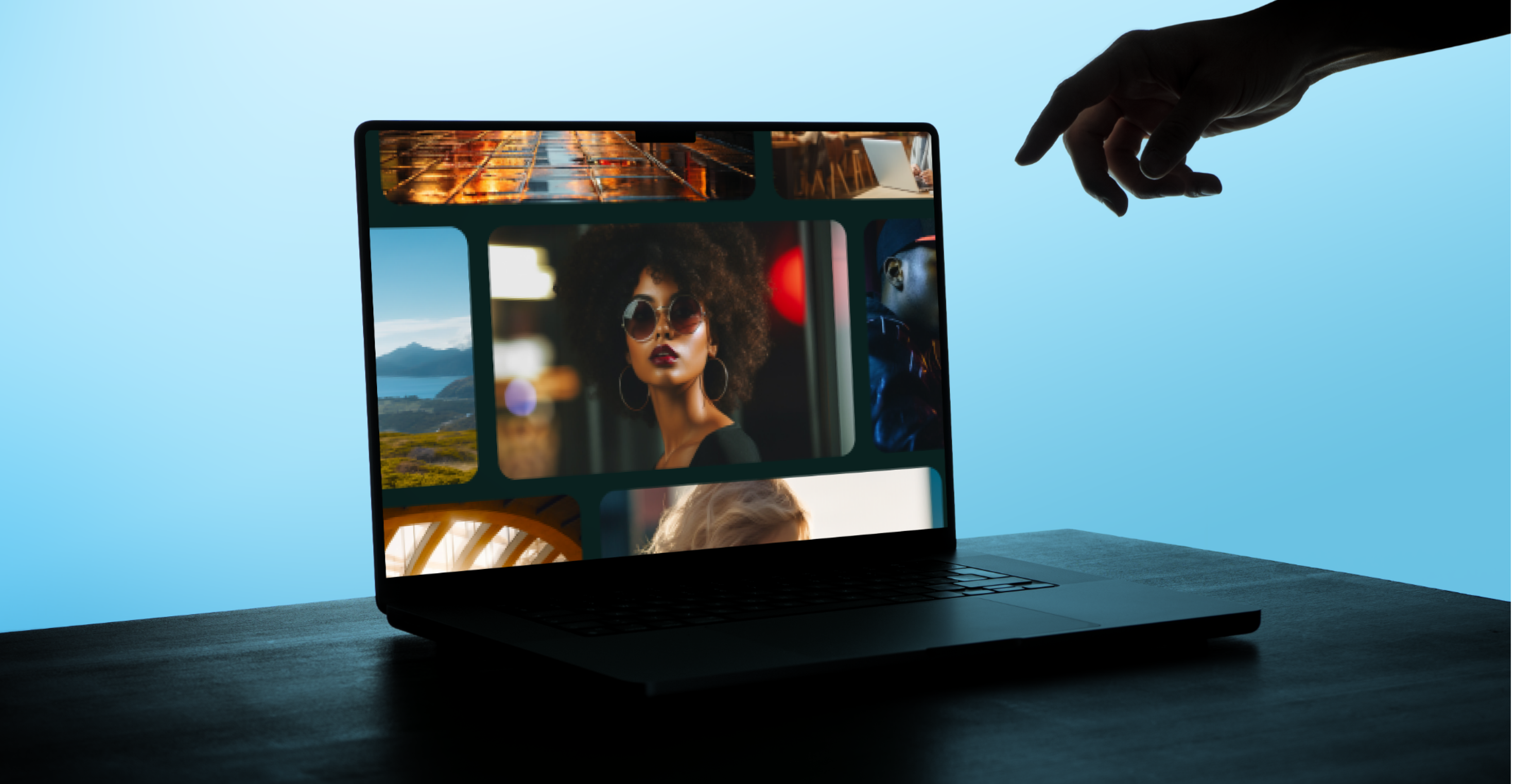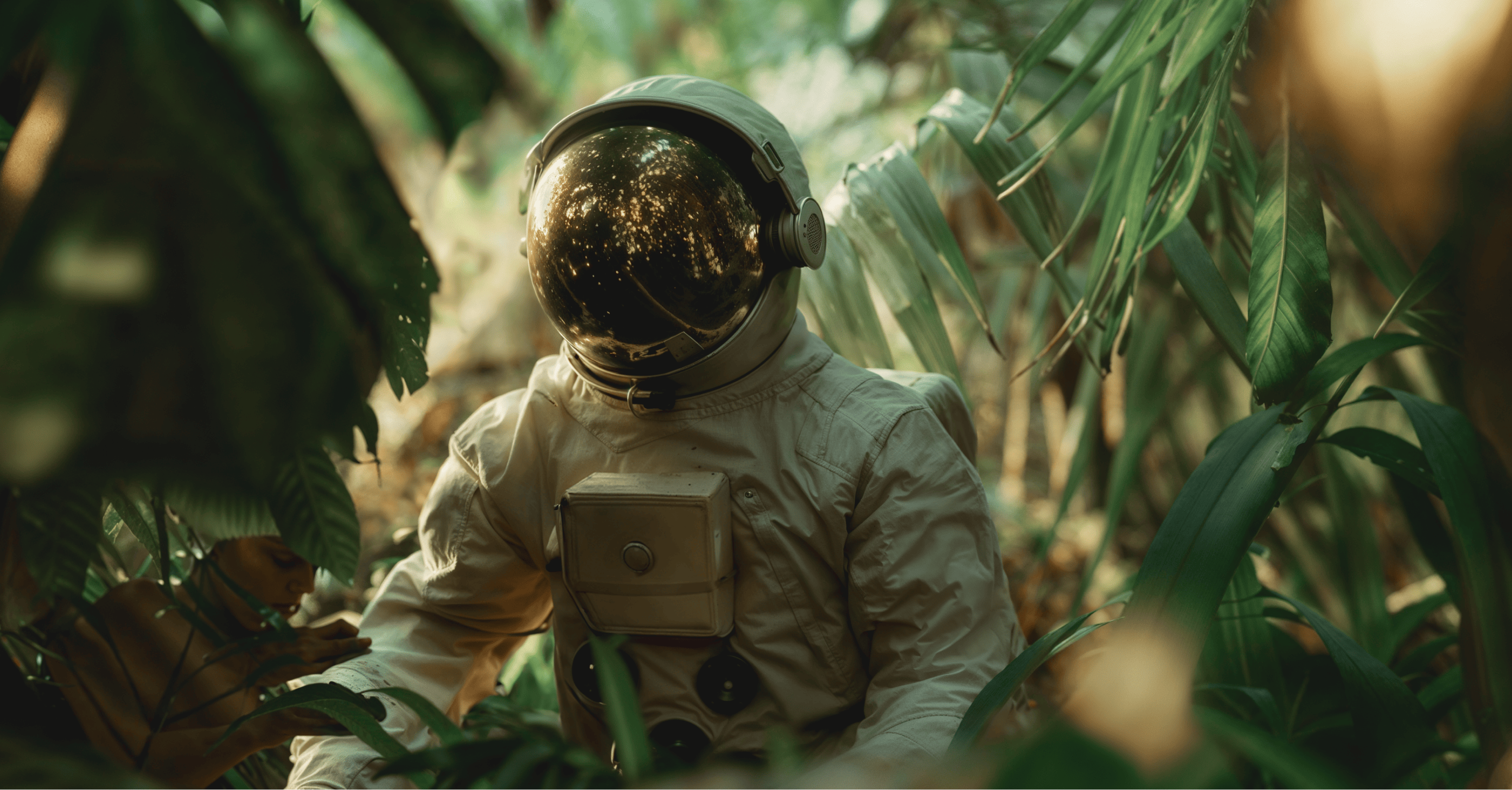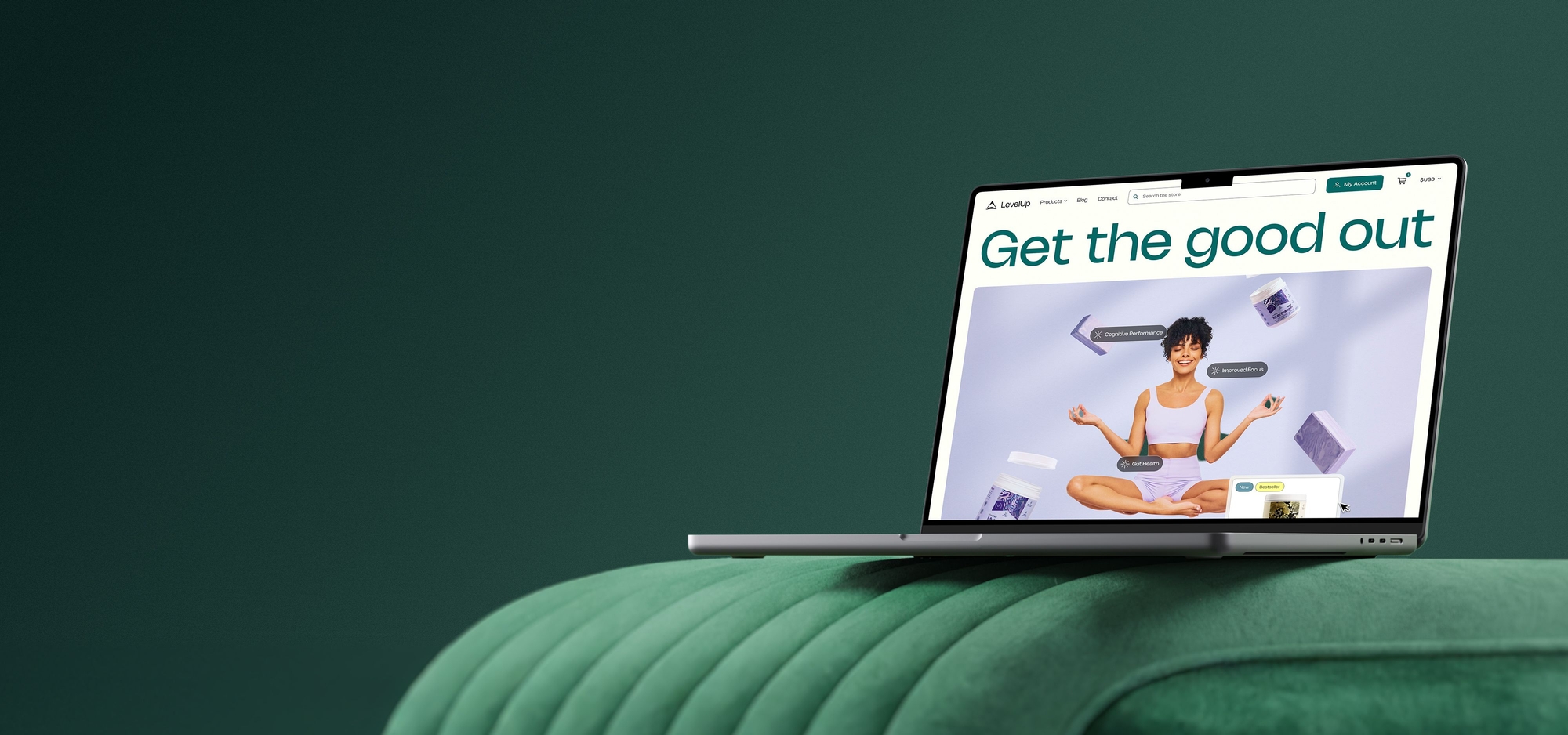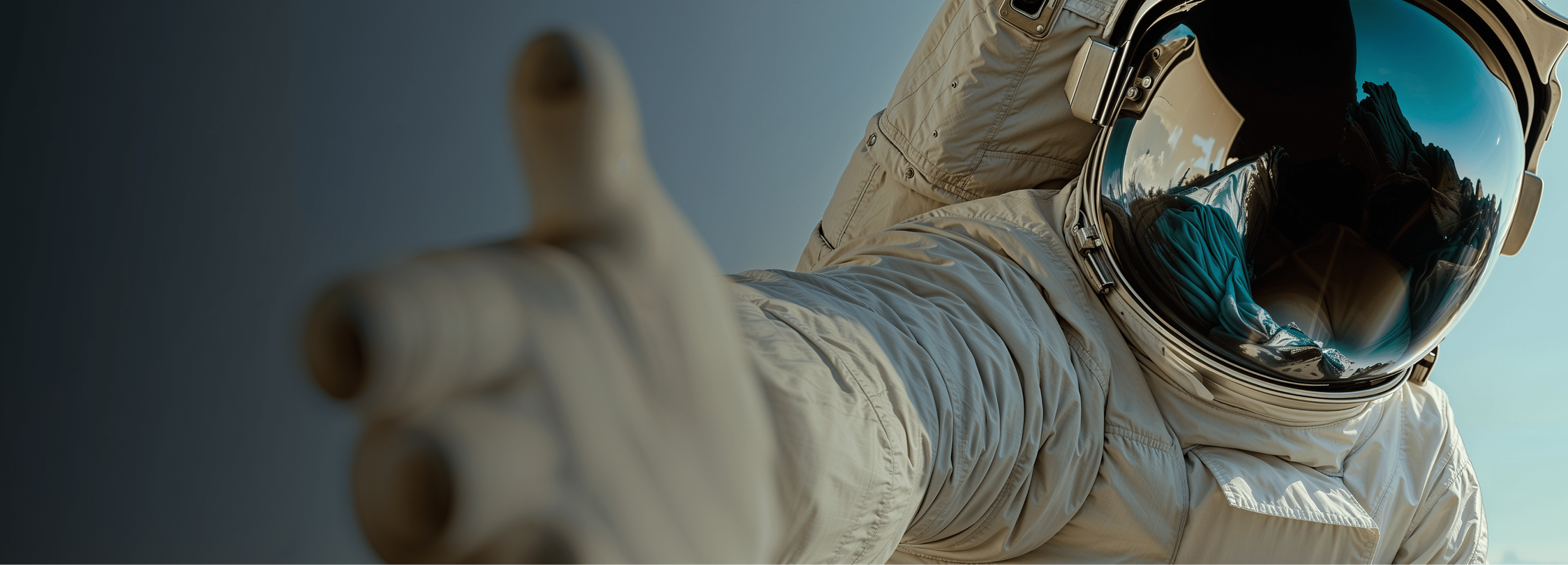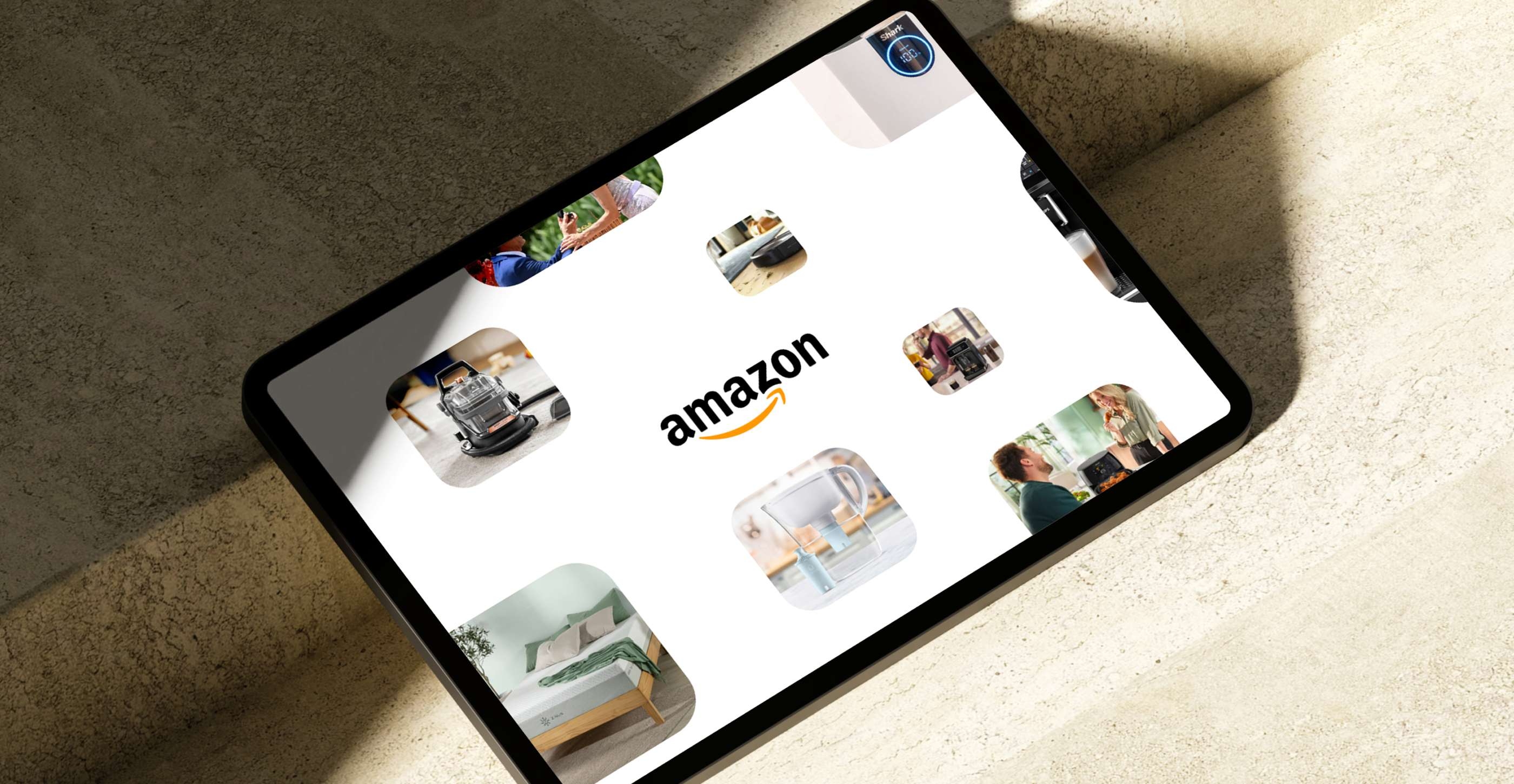
AI is revolutionizing how UX designers work, enabling them to generate ideas and solutions rapidly. Just ask Superside’s designers, who now get their high-quality designs done 30%-60% faster and at a lower cost than ever before. Eager to learn about using AI for UX design? Then, the six tricks shared in this guide will change the way you approach UX design forever.
Over 80% of businesses worldwide have adopted AI in some form, and by 2025, AI and machine learning (ML) will likely generate around $4 trillion in business value.
While the latest AI developments may stir some unease, the design world has eagerly embraced the dawn of AI. A significant 62% of UX designers are now incorporating AI into their work routines, and the results are impressive. At Superside, AI is a game-changer, boosting our creative output by a remarkable 60%.
Learning how to leverage AI for UX processes is really a no-brainer. With AI, you can enhance personalization, gain data-driven insights and enjoy more streamlined processes and testing. There’s so much to gain, but there’s also so much more to discover (even for us).
In this article, we share our perspectives on combining AI and human UX designers to deliver outstanding web designs that mesmerize eyeballs and drive sales, including insights from Camila Giannini, Superside’s UX and UI designer.
The Power and Purpose of UX Design
Great UX design holds so many benefits, including the following.
1. Outstanding ROI
On average, every $1 invested in UX results in a return of $100. That’s a jaw-dropping 9,900% ROI (return on investment).
The ROI is even higher at Superside, thanks to our Creative-as-a-Service (CaaS) model. With a design subscription that includes UX and web design services, you’re guaranteed a better ROI than you can expect from traditional agencies or freelancers.
2. Enhanced user satisfaction
Superior UX keeps customers coming back. Seventy-four percent of people are more likely to return to a mobile-friendly site, and 67% are more likely to buy a product or service from that site.
On the other hand, 88% of online consumers are less likely to return to a website if they’ve had a bad experience. In fact, the experience is so important that 80% of customers are open to paying more for enhanced UX.
The bottom line is that outstanding UX leads to user satisfaction, which helps to build trust, loyalty and improved profitability.
3. Improved conversion rates
UX design improves conversion rates by enhancing the usability and intuitiveness of a website or app, making it easier for users to navigate and complete desired actions.
Enhancing your website’s user interface (UI) has the potential to double your conversion rate. With improved UX design, you could quadruple it. Forrester Research reports that a well-thought-out, frictionless UX design could potentially raise conversion rates to 400%.
UX designers who understand user needs and behaviors can optimize key design elements such as CTAs, forms, and checkout processes, reducing friction and increasing the likelihood of conversions. A positive user experience ultimately drives users to take desired actions, resulting in improved conversion rates.
4. Competitive advantage
Differentiating your business from your competitors through superior, intuitive user experiences has never been more important. In fact, 70% of companies view UX and customer experience (CX) as crucial factors in their differentiation.
The reality is that customers are easily put off: 89% will switch to shopping with a competitor following a poor user experience.
(Quick one: If you’re a UX designer, you’ll enjoy our article on the top 10 UX design practices.)
The Role of AI in Modern UX Design
AI has increasingly been used for modern UX projects over the past decade, with significant advancements and adoption accelerating in the last five to seven years.
User experience consulting firm Nielsen Norman surveyed over 800 UX professionals. Ninety-two percent of respondents claimed they’d used at least one generative AI tool. And among those who tapped into AI, 63% used the tools at least several times per week.
For global digital media and marketing giant Adobe, AI should streamline and simplify the UI and UX design process for online experiences. They believe AI can eliminate time-consuming tasks from designers’ workflows and free them up to do truly creative work.
Google’s search volume for AI design-related tools and software increased by a staggering 1,700% from 2022 to 2023. Tools that integrate AI into the UX process have also seen exponential growth as more businesses look to functional tools to streamline their design processes. Figma, Adobe Firefly, Sketch and Axure RP are just some of the tools helping to revolutionize design projects.
The fast pace at which AI is adopted in workflows has meant that some UX designers fear for their jobs. Fortunately, however, the U.S. Bureau of Labor Statistics predicts that UX/UI design positions will increase by 3% annually until 2028. Additionally, AI technologies are set to boost corporate profitability in 16 industries across 12 economies by 38% by 2035.
How Superside Redefines UX Design
At Superside, we’ve elevated our web design services with AI-enhanced creativity, significantly boosting efficiency and innovation.
For now, our UX and UI designers await significant AI advancements to begin integrating them into our UX design process, mirroring our approach with creative exploration for 3D, print projects and beyond.
But that hasn't stopped us from delving into UX and landing page design projects for ambitious brands. For instance, we developed a series of landing pages for EdTech company Packt that focused on balancing a strong, recognizable brand identity with visuals people with different preferences can relate to.
For ecotourism company Diamond Crystal, we combined the breathtaking sea and landscapes of The Salinas Bahamas and the ongoing conservation efforts of the Michael Young Foundation into a beautiful user experience.
6 Ways to Use AI for UX Design
If you’re interested in reaping the benefits of AI-enhanced UX design, these actionable steps will set you apart from your competitors.
1. Predictive UX
AI is invaluable in predicting user behavior. For example, Predictive UX uses AI and machine learning user testing to analyze patterns in user data and behavior. If you tap into this platform, you can make informed predictions about what users will likely do or need in the near future. For example, you can equip your eCommerce app to predict when a user will need a refill of a frequently purchased item and then offer well-timed reordering options.
Source: Predictive UX
We’re used to seeing this on streaming platforms like Netflix or Spotify, but predictive UX isn’t limited to the entertainment industry. Most businesses can leverage AI to offer personalized recommendations to users, drive engagement, increase satisfaction and boost sales or subscriptions.
I think AI will mostly continue to aid UX designers by doing what it does best: analyzing large amounts of data and making suggestions and predictions based on it. I believe UX is a delicate field that can be challenging for AI to fully grasp; it requires a human touch to understand what other humans need and want. Empathy is essential. So, my prediction is that AI's primary role will be in decluttering information, assisting in solutions and facilitating brainstorming sessions for the foreseeable future.
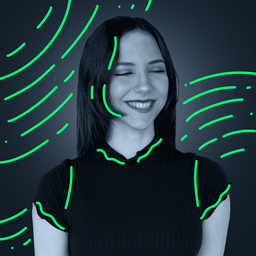
2. AI-driven personalization
Personalization has always been a key component of enhancing the user experience. In fact, 71% of consumers expect companies to deliver personalized interactions and 76% get frustrated when this doesn’t happen. These days, using AI to more accurately personalize your offerings is a no-brainer. AI can use customers’ browsing habits, preferences and interactions to offer bespoke user experiences.
Pinterest provides a case in point. The social platform first began using machine learning in 2015 when it acquired Kosei, a Palo Alto-based startup. With the acquisition, they started incorporating technology focused on enhancing content discovery and delivering highly personalized product recommendations.
Algorithm-based suggestions can be great if well-executed but a nightmare if not. For instance, Pinterest is amazing; in fact, it's my platform of choice for finding inspiration for my designs. Since the algorithm is so good at suggesting related content, it's very easy for me to find many examples of the exact thing I'm looking for. This is a powerful concept to include as much as possible in UX—after all, who doesn't like to see what they want?

Chatbots have also become powerful tools for the UX design industry as they can offer real-time support and guidance for users. Bots using Natural Language Processing (NLP) algorithms can work out user objectives and provide suitable responses.
An example is HubSpot, which uses chatbots effectively as a lead generation tool, customer support and showing users where to access resources.
Source: HubSpot
3. AI-enhanced user research
AI algorithms can anticipate user behavior by analyzing historical data, empowering UX researchers to predict user actions and preferences. Understanding user interaction patterns enables researchers to optimize designs to match expected user journeys, enhancing usability and user satisfaction.
For example, in mobile app development, AI can forecast user navigation within the interface. By scrutinizing past data on app usage, the system predicts the features users are inclined to explore, enabling developers to strategically position design elements for a more intuitive user experience.
Harrison Kinsley, founder of SentDex, discusses how AI can revolutionize user research and interfaces in the near future on YouTube.
4. The rise of AI tools for UX designers
AI tools have become pivotal in enhancing the workflow of UX designers. Designers can now access innovative solutions that streamline processes, optimize decision-making and elevate the user experience.
I think AI tools in UX design are meant to assist the designer in different stages of the design process but never replace them since AI could hardly know exactly what the specific product in hand needs (and prompting all that sounds so laborious that the person might as well just do it themselves). Basically, brainstorming and research for early stages, organization and data analysis for mid-stages, and predictions and suggestions for late stages.

Some useful examples of popular AI tools include:
- UserTesting: This tool uses AI algorithms to streamline the process of recruiting and screening participants for usability testing. By automating recruitment and delivering insightful user feedback, the program offers valuable support for UX designers seeking to optimize their designs.
- Framer: This prototyping tool integrates AI-driven design assistance to help UX designers create design variations, recommend interactions and automate time-consuming design tasks.
- Optimal Workshop: This platform provides AI-powered UX research tools such as card sorting, tree testing and first-click testing. These offer key insights into user behavior and guide the design process.
Source: UserTesting AI
We all know the feeling of spending hours on a tedious task and being forced to leave the more creative work untouched. Now, AI offers an opportunity for UX designers to increase the automation of routine tasks (e.g., creating wireframes and prototypes).
An example of how this could look in practice is through the automated generation of design variations. AI-powered tools can analyze user data and design trends and preferences to generate multiple design options for interfaces, layouts and components.
This process saves designers significant time and effort by quickly producing a range of design possibilities that can later be refined and customized.
5. Accessibility testing UI with AI
AI is a game-changer in accessibility testing for UX designers, empowering them to create more inclusive digital experiences.
UI feels like a field where AI might take over at some point. Even though there aren't many reliable tools today, it feels 100% possible that one might pop up someday. Although it would probably offer somewhat cliché designs, it could be a huge time saver for designers.

One significant way AI contributes to accessibility testing is through automated accessibility testing tools. These tools use ML algorithms to scan websites and applications for potential accessibility issues, such as missing alt text for images, insufficient color contrast or non-descriptive link text.
For example, tools like AccessiBe, Monsido and Recite Me offer AI-driven accessibility solutions that automatically scan and remediate website accessibility barriers, ensuring compliance with accessibility standards such as WCAG (Web Content Accessibility Guidelines). These tools are great for auditing and improving existing websites.
Source: AccessiBe
AI also enables designers to evaluate the inclusivity of their designs by simulating the experiences of users with diverse abilities. For instance, Microsoft's Accessibility Insights tool provides AI-driven insights and recommendations to help designers identify and address accessibility issues proactively. By leveraging AI, designers can gain valuable insights into how users with disabilities interact with their designs, leading to more inclusive and user-friendly products.
AI-powered assistive technologies such as voice recognition systems and screen readers enhance accessibility for users with disabilities. These technologies enable users to navigate digital interfaces using voice commands or convert text to speech, making content accessible to individuals with visual or motor impairments.
Maureen Herben, senior product designer at Miro, believes that AI for UX design is already changing the way web designers approach their UX design processes, including considerations for accessibility.
AI can help promote inclusive language in design by evaluating written content and identifying biased or exclusionary language. Tools like Acrolinx and Grammarly offer features to detect and suggest alternatives for more inclusive language. Acrolinx, a content governance tool, monitors inclusive language issues in real time, while Grammarly, an AI-driven writing assistant, highlights instances of biased language.
6. AI for UX design creativity
A misconception is that AI is mostly used for automation and efficiency. AI can most definitely also unlock creativity. In fact, Superside uses AI to create designs that differentiate us from our competitors.
Take a look at how we currently use AI to enhance our creative output:
- Image generation: We leverage our understanding of the brand to guide AI in crafting visuals that align with the brand identity. Our designers refine these images to ensure consistent branding across all materials.
- Illustration: We produce customized sets of AI-generated illustrations tailored to individual needs, offering a variety of options such as custom illustrations, themed visual libraries and unique icons.
- Concept and copy: Our seasoned creatives, empowered by AI's efficiency, expedite research, brainstorming and production processes, offering a broader array of choices and accelerating exploration.
By seamlessly integrating AI-driven tools throughout the design process, it will be possible to enhance creativity and efficiency in design exploration while maintaining brand consistency and quality.
Overcoming AI/UX Design Challenges and Embracing Opportunities
Using AI for UX design is still relatively new, and although we at Superside are still yet to streamline the best way to do it, challenges remain.
AI can improve many aspects of UX design, but I believe its strongest abilities lie in data analysis and brainstorming. However, I wouldn’t advise following AI blindly. While it can suggest various solutions to a problem, it’s up to us to determine which one can work, which won’t, or where to dig deeper.

Take a look at the challenges we’ve encountered along the way and how they can potentially be solved.
Potential solution: The key lies on implementing a hybrid approach that combines AI-driven automation with human creativity and oversight. While AI can handle repetitive and data-intensive tasks efficiently, human designers bring invaluable intuition, empathy and creativity to the table.
Potential solution: AI should be used as a tool, not a way to develop entire UX design projects or web campaigns. We’ve got clear guidelines and protocols around AI usage, and we check for any possible biases. The primary goal should be prioritizing user privacy by implementing robust data protection measures and obtaining explicit consent for data collection and usage. Similarly, minimizing the environmental footprint by optimizing AI algorithms for energy efficiency and adopting sustainable practices needs to be addressed.
Potential solution: Combining AI automation with human expertise can ensure that UX designs meet quality standards and functionality requirements while minimizing risks associated with AI errors. This approach enables designers to leverage AI effectively in UX design while maintaining control over the design process.
Superside’s Bold Leap into AI-Driven UX Design
There’s no doubt: AI can help improve your brand’s UX design capabilities. With our tips for using AI to improve your UX design operationally and creatively, you’ve got all the tools you need to get started.
If you’re looking to outsource your UX and web design, you can’t go wrong with Superside. A combo of cutting-edge AI tools and globally distributed top talent will get your high-quality designs done 30-60% faster and at a lower cost. Let’s chat—book a call.




